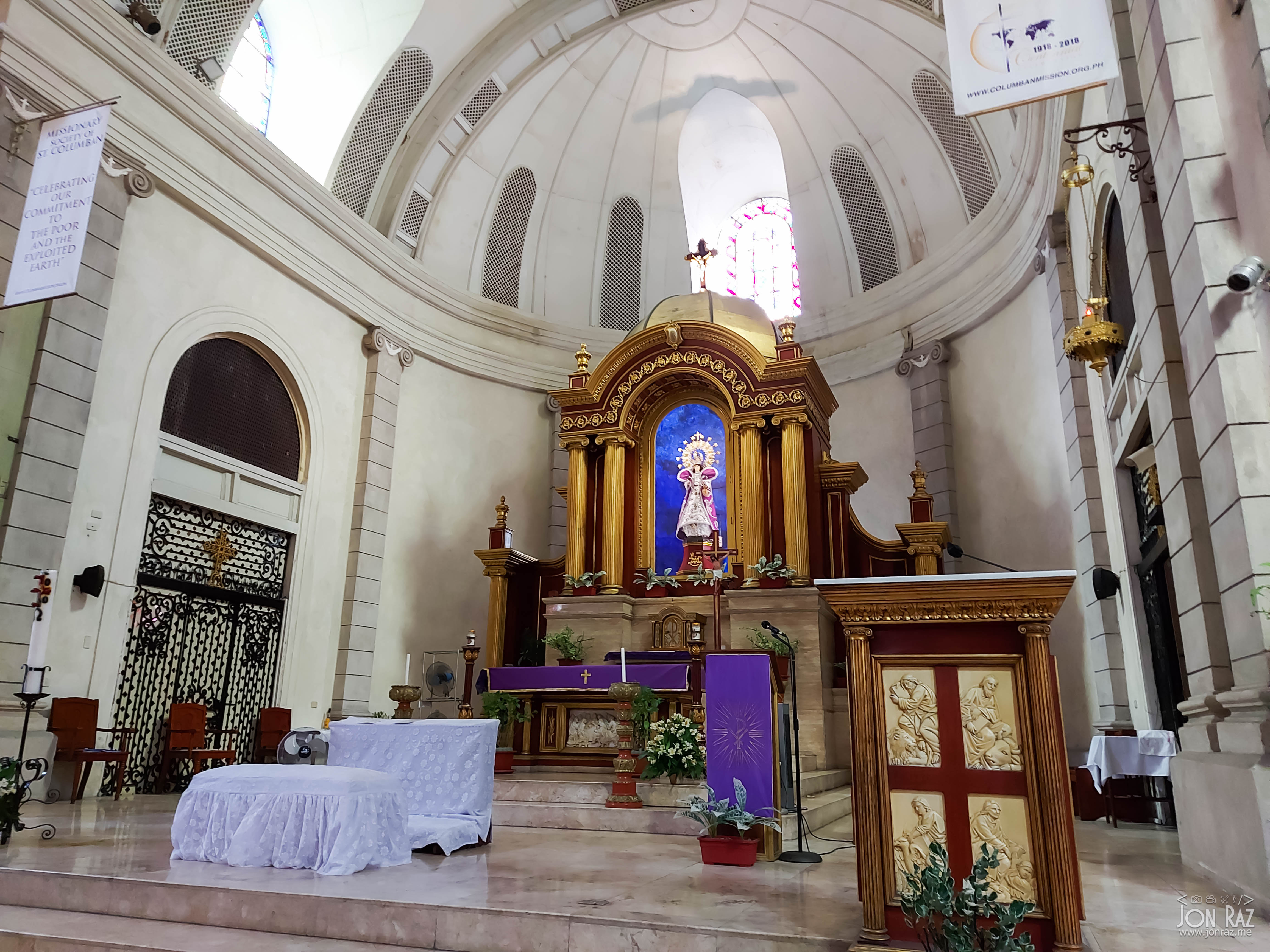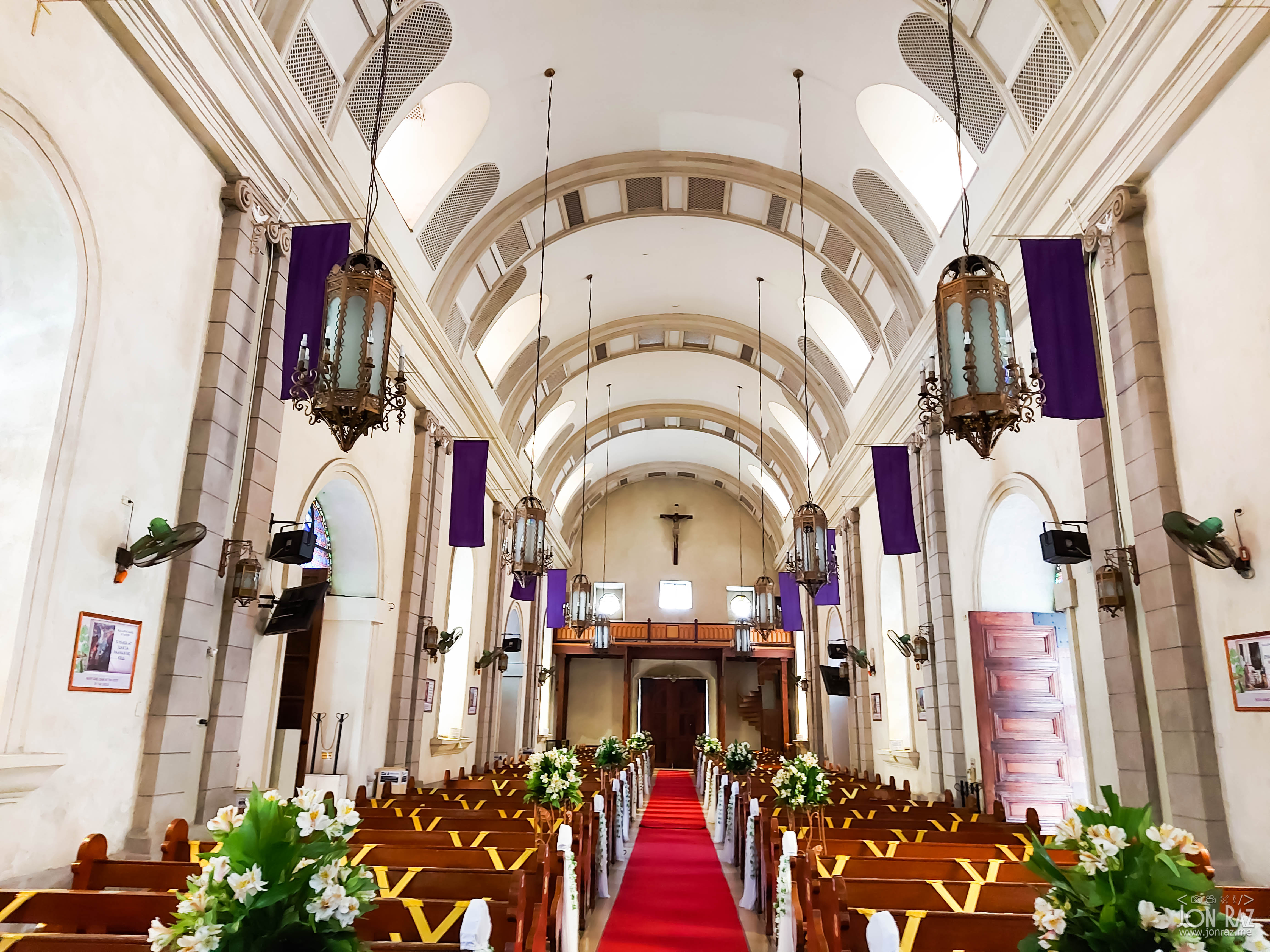Malate Church
Our Lady of Remedies Parish (Malate Church)
Address: 2000 M. H. Del Pilar St, Malate, Manila, 1004 Metro Manila
The Malate Catholic Church
In 1588, in this village known as Malate, the Augustinian friars built a church in honor of Nuestra Señora de los Remedios. The stone church and convent, built in 1591, suffered heavily during the earthquake of 1645 and 1863, while both buildings were pulled down in 1667 on orders of Governor General Manrique de Lara, who feared an invasion by the pirate Koxinga. But the Sino corsair died in Formosa or Taiwan just before the invasion, and the church was rebuilt later that year, and during the next three years, with the use of the same stones and bricks.
When the British landed in Manila in 1762, they made the church their headquarters. Repairs had to be made after the British left the following year. But both church and convent were destroyed beyond repair by the typhoon of June 1868.
The present church was then rebuilt for the third time in its entirety, thanks to the parish priest, Fr. Francisco Cuadrado, who, together with the poor fishermen of his parish, toured the city and nearby provinces to raise the much-needed funds. The upper façade of the church was completed three decades later, from 1894 to 1898.
The Japanese occupation proved disastrous to the church in Malate. Both church and the convent were burned, with just the walls left standing. Fortunately, the Columban fathers rebuilt the roof, the main altar, the dome and the transept around 1950, and in 1978, the interior of the church was painted, the bricks and the stones outside were made to look new. The bell to be found at the entrance of the convent bears this inscription:
“Nuestra Señora de los Remedios. Se fundio en 30 de Enero de 1879.”
The façade of the present church of Malate is a “good blending of Muslim and baroque architecture; the solid compact stone structure is enhanced by the cylindrical end buttresses, the few openings and the overall ornateness of the design. The three-story façade integrates with ingenuity the cylindrical end buttresses, hexagonal forms converted into belfries.”
Source: https://www.malatecatholicchurch.org/about.html#church













Comments